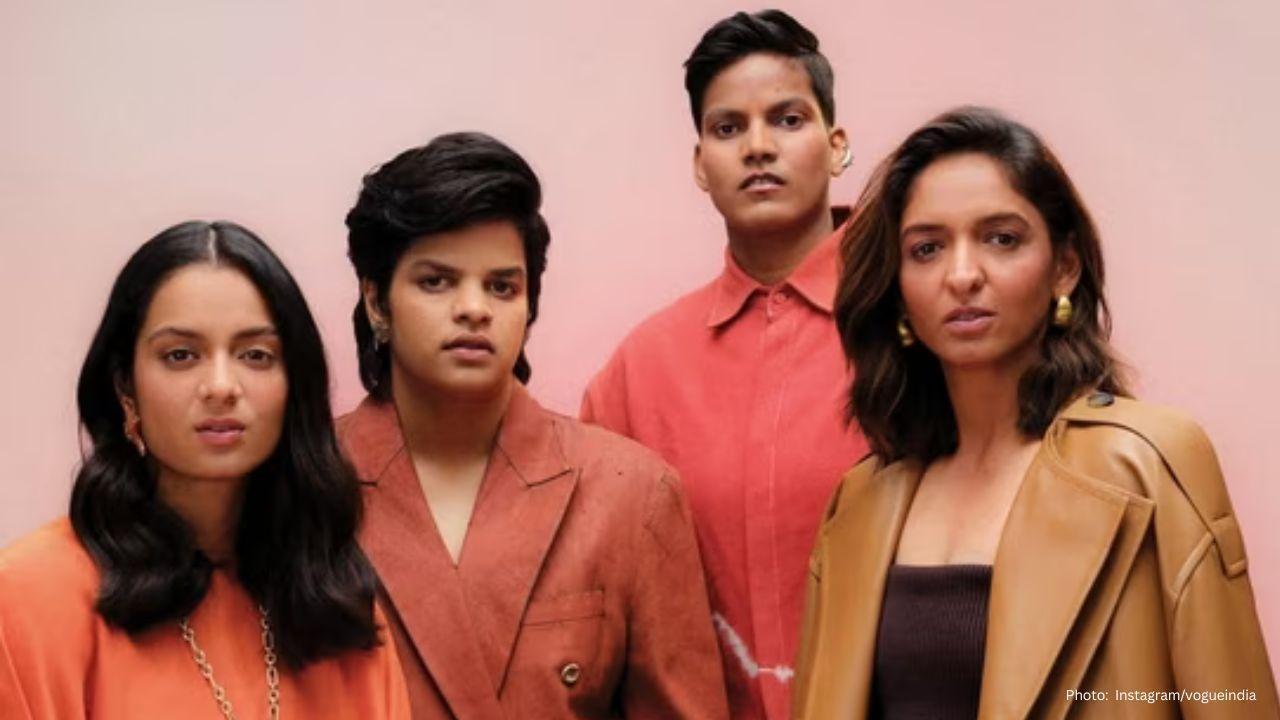
Join 10k+ people to get notified about new posts, news and tips.
Do not worry we don't spam!

Post by : Meena Ariff
On August 13, a large part of southern and eastern Taiwan came to a standstill as Typhoon Podul moved closer to the island. Authorities warned of strong winds, heavy rainfall, and possible flooding. Many flights were cancelled, schools were closed, and thousands of people were evacuated to safer places before the storm’s arrival.
Typhoon Podul, described as a mid-strength storm but with dangerous potential, was heading toward Taitung in the southeastern part of Taiwan. It had already gathered wind speeds of up to 191 kilometers per hour and was expected to make landfall in the afternoon.
Early Warnings Sent to Residents
On the morning of August 13, people living in parts of Taitung received urgent messages on their mobile phones. The alerts told them to take shelter immediately because destructive winds were coming. These messages warned that gusts could exceed 150 kilometers per hour in the next few hours.
The government also advised residents to prepare for possible power cuts, fallen trees, and flying debris caused by the strong winds. Many families rushed to secure their homes, tape their windows, and move valuable belongings to safer spots.
Cities Close Schools and Offices
Nine cities and counties across Taiwan announced that schools and workplaces would remain closed for the day. This included large southern cities like Kaohsiung and Tainan, where authorities did not want people travelling in dangerous conditions.
Interestingly, the capital city, Taipei — which is home to Taiwan’s financial markets — continued its normal activities, as the storm was not expected to directly affect the city at first.
Evacuations for Safety
More than 5,500 people were moved from their homes to evacuation centers. Many of them lived in areas already damaged by a previous typhoon in July. That earlier storm had been unusual because it hit Taiwan’s west coast directly — a rare occurrence — and brought record-breaking winds that damaged power lines and caused widespread electricity outages.
Authorities feared that Podul could worsen the situation for these already vulnerable communities, so they acted early to get people to safety.
Major Flight Cancellations Across Taiwan
The storm also caused a huge disruption to air travel. The Transport Ministry announced that all domestic flights scheduled for August 13 — a total of 252 flights — were cancelled. Another 129 international flights were also cancelled, affecting thousands of passengers.
Taiwan’s two biggest airlines said that most cancellations were for flights leaving from Kaohsiung in the south. However, some flights from Taoyuan International Airport — Taiwan’s main international hub — were also affected.
Some international carriers kept their schedules but closely monitored the situation, ready to make changes if necessary. Safety remained the top priority for all airlines, and travellers were urged to check for updates before heading to the airport.
Expected Path of Typhoon Podul
After making landfall near Taitung, Typhoon Podul was forecast to travel across Taiwan, reaching the more densely populated western coast later in the day. From there, it was expected to head toward China’s Fujian province in the coming days.
Meteorologists warned that southern mountain areas could receive as much as 600 millimeters of rain over the next few days. This much rainfall increases the risk of landslides, especially in areas where the ground is already saturated from recent storms.
Taiwan’s History with Typhoons
Taiwan is no stranger to typhoons. Because of its location in the Pacific Ocean, the island often experiences several storms each year, mostly hitting the east coast. The eastern side of Taiwan is more mountainous and less populated, so while the winds and rain can be intense, fewer people live directly in the path compared to the west.
However, Podul’s projected path meant it would travel across the island and impact both coasts — something that makes it more dangerous.
Memories of Last Year’s Disasters
In August of the previous year, southern Taiwan experienced more than a year’s worth of rainfall in just one week. The result was widespread flooding and landslides. Entire villages were cut off, and roads were washed away. That disaster caused at least four deaths and left lasting scars on the landscape.
This is why many people took Podul’s approach very seriously. The memories of destroyed homes, damaged crops, and long recovery times were still fresh in their minds.
Government Preparedness and Response
Taiwan’s authorities activated emergency plans well before the typhoon’s arrival. They set up evacuation shelters with food, water, and medical supplies. Rescue teams were placed on standby, ready to respond to landslides, floods, or other emergencies.
Road-clearing equipment and power restoration crews were also prepared, knowing that typhoons often bring down power lines and block roads with fallen trees and debris.
In coastal areas, fishermen were told to secure their boats or bring them ashore. Ports were closed in the southern and eastern regions, and ferries were suspended until the storm passed.
Life in Evacuation Shelters
For those evacuated, life in the shelters was a mix of relief and worry. Many people were glad to be in a safe place away from the storm’s immediate danger. Volunteers worked tirelessly to provide meals, keep the shelters clean, and ensure everyone had blankets and sleeping mats.
Children were kept entertained with games and activities, while older residents often sat in small groups, sharing stories and waiting for updates about their homes.
Once Typhoon Podul passes, the real challenge will begin. Clearing debris, repairing homes, and restoring power can take days or even weeks, depending on the damage. Farmers may also face heavy losses if their crops are destroyed by wind or water.
Authorities have urged people to remain patient and cooperate with recovery teams. They also advised everyone to avoid unnecessary travel until roads are confirmed safe.
Safety Advice During Typhoons
In preparation for storms like Podul, safety experts recommend the following steps:
Stay indoors and away from windows during strong winds.
Keep an emergency kit with food, water, medicines, and flashlights.
Avoid travelling unless necessary.
Listen to official weather updates and evacuation orders.
Keep important documents in waterproof containers.
A Nation on Alert
While typhoons are a part of life in Taiwan, each storm is different. Podul’s path across the island means that both coasts — and the densely populated central areas — could feel its impact. The combination of strong winds, heavy rain, and the possibility of flooding keeps the nation on high alert.
As the storm makes landfall, the hope is that early warnings, strict safety measures, and community cooperation will help reduce damage and protect lives. Taiwan’s experience in handling such natural disasters will be tested once again, and the days ahead will show how well the preparations have worked.










Conway Shines as New Zealand Edges Out West Indies in Napier
Devon Conway and Rachin Ravindra propel New Zealand to a five-wicket victory over West Indies, clinc

Ja'Marr Chase Faces One-Game Suspension Following Spitting Incident
Bengals' Ja'Marr Chase receives a one-game suspension after spitting on Jalen Ramsey; his appeal has

England Names 12-Man Squad for Opening Ashes Test in Perth
England reveals a 12-man squad for the first Ashes Test in Perth, featuring Shoaib Bashir and a pace

Roger Federer Inducted into Tennis Hall of Fame in Historic First Year
Tennis icon Roger Federer receives Hall of Fame recognition in his first year, alongside renowned co

Steve McClaren Steps Down as Jamaica’s Head Coach Following World Cup Qualifying Draw
After a crucial goalless draw with Curacao, Steve McClaren resigns as Jamaica's head coach, leaving

Daryl Mitchell Tops ICC ODI Rankings, Updates Released
Daryl Mitchell ascends to No.1 in the ICC ODI rankings, with boosts for players from New Zealand, In